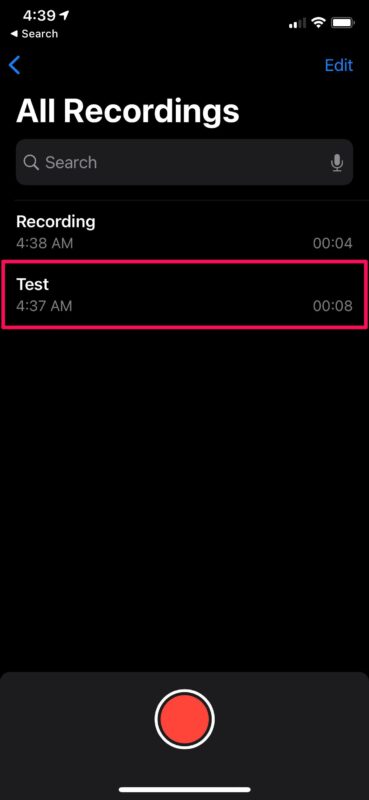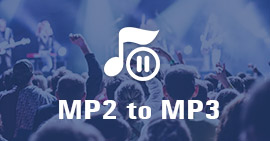
With Jazz music however, dynamics are usually preserved as much as possible to capture and convey every nuance of a performance. Subtle dynamics simply aren’t as important as overall volume is. In pop music nowadays there is a lot of compression, on pretty much everything. Simple as that.Īs I said earlier, the amount of compression required varies and depends largely on what instrument or sound you have recorded and what genre or style you are working in. The best way to fix a bad take? – re-record a better one. You’ll end up with something that sounds lackluster and squashed – not good. Over compressing a less than stellar performance won’t magically make it sound great. “As wonderful as that acoustic guitar part is that I’ve just recorded ( and taken 2 hours to play right….), it will sound even better when I squash the life out of it!”Įverything sounded flat, lifeless and very UN-dynamic.Īlso, I quickly found out that compression doesn’t actually fix anything in your audio. “It doesn’t matter how clipped and sloppy that vocal track is – the compressor will fix it” I thought. When I first started out with Garageband and discovered compression, I jumped in headfirst and compressed absolutely everything – whether it needed it or not. You’ll see the Garageband Compressor in action on a variety of different instruments. You do this by – you guessed it – increasing the gain.Ĭheck out the video below. Once this has happened, you need to boost the output level to make up for the lost volume. Remember that compression reduces loud sounds down to the same volume as the quieter sounds. Snare drums, Kick drums and certain vocals (hip hop/rap) all traditionally have a fast attack setting, whereas pianos, guitars and other instruments where preserving the dynamics and the need to sound natural are important, generally have a slower attack speed. How much attack you use depends entirely on what it is that you’re compressing. The Attack governs the speed at which compression kicks in. If you select a ratio of 30:1, the volume will be reduced by 30db for every 1 db over your threshold setting (and sound majorly squashed)! So for example, if you select a ratio of 2:1 for every 1db that your audio goes over your threshold setting, it’s volume will be reduced by 2db. The higher the ratio, the more volume is reduced and squished, while a lower ratio will reduce less volume. The ratio determines how much volume to reduce. Any sound above this db level will be compressed.ĭo you only want the louder sounds to be compressed? Or do you really want to ‘level out’ your sound by setting the threshold at a lower volume?

When you click on and move the slider it displays a decibel (db) level. The threshold controls the point at which the compression kicks in. In typical Garageband style, the built in compressor is intuitive and really simple to use. One of the main things to watch out for is that you don’t over compress and leave your audio sounding squashed or lifeless. You wouldn’t want to use the same compressor settings on a dub-step synth track as you would on a jazz flute one for instance, or the same set up on a vocal track as you would on a snare drum track. How much compression you use depends on what type of audio you are applying it to and what genre your music is. You can then raise the overall gain of the track, having reduced any peaks or troughs in the volume. Put simply, applying compression to a track in Garageband lowers the volume of loud sounds to the same level as the quieter sounds.
#GARAGEBAND HOW TO GET RID OF BACKGROUND NOISE VOCALS PLUS#
In this Garageband tutorial we’ll answer all these questions, plus we’ll watch the compressor in action as well as listen to several audio samples so you can hear the effects for yourself. So what exactly is a compressor? How does it work in Garageband? What does it sound like?

Initially not the most mind blowing effect in your plug in arsenal perhaps – when used properly the Compressor is definitely one of the most useful. If you want to get your audio sounding anywhere close to professional, learning how to use the compressor needs to be pretty high on your to do list. There’s an updated version of this tutorial right here.


 0 kommentar(er)
0 kommentar(er)
